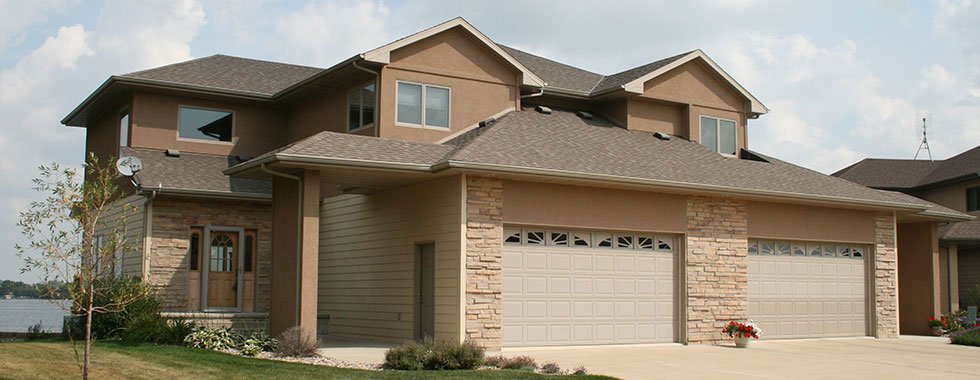Real estate investors in Wilmington often want to diversify portfolios and increase their rental income. Incorporating multi-family properties into your investments could be a smart move.
Multi-family properties, which consist of two or more units in a single building, offer several advantages over single-family investments. For example, they allow you to generate more rental income from a single property, and they tend to have lower vacancy rates than single-family homes. However, investing in multi-family properties requires a different approach than investing in single-family homes.
Pros and Cons of Investing in Multi-Family Properties:
Multi-family properties are properties that are designed to house multiple families or individuals. They typically have multiple units, each with their own kitchen, living room, and bedroom(s). Multi-family properties can be apartment buildings, townhouses, or duplexes. Multi-family properties are typically purchased by real estate investors looking for a steady stream of rental income.
Pros:
1. Higher Rental Income: Multi-family properties have higher rental income potential since they can house multiple families or individuals. This means that investors can generate more rental income from a multi-family property than they can from a single-family home.
2. Diversification: Investing in multi-family properties can offer diversification since the investment is spread across multiple units.
3. Lower Vacancy Risk: Since multi-family properties can house multiple families or individuals, the risk of vacancy is lower. This means that investors can enjoy a more consistent stream of rental income.
Cons:
1. Higher Maintenance Costs: Multi-family properties generally have higher maintenance costs than single-family homes. This is because there are more units to maintain, which can increase the cost of repairs and upkeep.
2. More Difficult to Finance: Multi-family properties are more difficult to finance than single-family homes. This is because banks and lenders are more cautious about approving loans for multi-family properties due to the higher risk of default.
3. Lower Appreciation: Multi-family properties tend to appreciate at a lower rate than single-family homes. This is because multi-family properties are typically in lower demand among homebuyers.
Regardless of which option you choose, it is important to do your research and work with a professional real estate agent who can guide you through the investment process. A real estate agent can help you find the right property that fits your investment goals and provide valuable insights into the local real estate market. With the right strategy and guidance, investing in real estate in Wilmington can be a profitable and rewarding experience.
Here are ten things to look for when buying multi-family properties:
1. Location: As with any real estate investment, location is key. Look for multi-family properties in desirable neighborhoods with low crime rates and good schools.
2. Number of units: Consider the number of units in the building and how many are currently occupied. More units generally mean more rental income, but also more maintenance and management responsibilities.
3. Condition of the property: Inspect the property carefully to identify any repairs or renovations that may be necessary. Be sure to budget for these expenses in your investment calculations.
4. Rental income: Calculate the current and potential rental income for each unit, taking into account any rent increases you may be able to implement.
5. Expenses: Determine the operating expenses for the property, including utilities, maintenance, property management fees, and taxes.
6. Cash flow: Calculate your expected cash flow from the property after all expenses are paid.
7. Financing options: Consider your financing options, including traditional mortgages, commercial loans, and private financing.
8. Property management: Decide whether you will manage the property yourself or hire a property management company to handle day-to-day operations.
9. Tenant screening: Develop a thorough screening process for potential tenants to ensure that you select reliable, responsible renters.
10. Exit strategy: Have a plan in place for selling the property when the time comes. Consider whether you will hold onto the property long-term or sell it for a profit.
Investing in multi-family properties can be a great way to diversify your portfolio and increase your rental income. However, it’s important to approach these investments with a different mindset than single-family homes. By considering these ten factors when buying multi-family properties, you can make smart investment decisions that will pay off in the long run. Ready to invest in multi-family properties in Wilmington? Reach out to Homebuyers of NC to find out how we can help! (910) 218-8874

